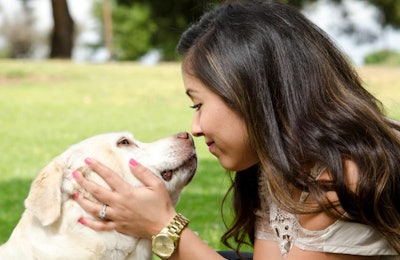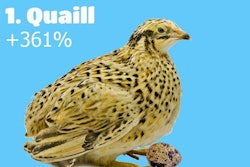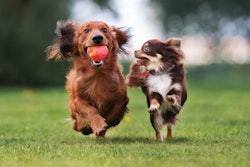
The pet food industry changed as millennials came of age through the 1990s and 2000s, and millennials’ demands for dog and cat food reflect those changes. Natasha Davis, client service manager for GfK and self-identified millennial, shared her experiences as a pet food buyer during her presentation at Petfood Forum 2018.
Put on some wide-legged jeans, tie a flannel shirt around your waist. Pretend it is the 90s when Davis received her first pet, a cat named Nala, from her 7th-grade teacher. Her mother, a baby boomer, had never owned a cat and wasn’t quite sure about the whole situation but let Davis keep the cat.
“When I think back to our trips to purchase the food, we didn't make special trips to a pet store, we purchase our cat food at the grocery store with the rest of the food,” Davis said. “And in the 90s, the options were very limited, especially for cats. Pet food was cheap and they were six key players that dominated about 80 percent of the industry.”
However, at the same time, the humanization trend was starting to pick up steam in the pet food industry. Dog and cat owners started to demand the same qualities in their pet foods that they wanted in their own foods.
“So these six key players started to develop superpremium offerings which they wanted pet owners to go to pet specialty stores to purchase,” said Davis.
That growth of segmentation in the pet food market contributed to the divide in the retail spaces where pet owners bought their dog and cat food.
“So there was this line drawn in the sand of different places to buy your food,” she said. “You can go to grocery to get your regular basic pet food, but you come to pet specialty to get your premium offering.”
Millennials in the current pet food market
Trade your wide-legged jeans for skinny jeans and jump to the present.
“Fast forward to 2017, I have two beautiful cats, Madison and Sasha, and I’m the head of my household, so I make all of the purchasing decision,” she said. “I go to my local pet shop to get the pet food but if I'm in a pinch and I don't have any food, I'm going to pick it up wherever is most convenient for me. That's a lot of what we're seeing play out in the industry when we're talking about sales and what gets the customer to buy at the counter, what drives the protein and nutrients that go in our pet food, it's this new type of consumer.
“And if you haven't figured out by now, yes, I am a millennial,” she said.

















